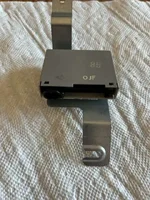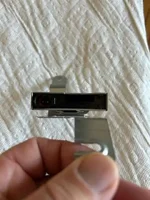Hello, I am new to the forum.
Vehicle : 2016 CX-9 Grand Touring
Problem: Parasitic battery drain of 1.25 amps is consistent while in sleep mode. Drains good battery in 2 days.
I have isolated it to the Interior 10 amp fuse # 39. When I remove the fuse, amperage draw will drop to 0 in approximately 1 minute.
Using AllData to view the wiring schematics, but this circuit is covering a wide range of electronics. I am trying to systematically rule out all of the components on the circuit. If anyone has had the same experience, I would really appreciate to know how you resolved it.
Other steps taken:
1) Confirmed good battery with 2 different analyzers.
2) Used a different battery - same draw
3) Alternator charging at 14 volts.
4) Disconnected alternator power and wiring harness to verify that it is not the source of the draw.
5) Using multimeter in series on negative of battery to measure the draw.
6) Making sure door locks and hood latch are manually locked and getting the one honk when arming the alarm.
7) Waiting at least 40 minutes for sleep mode.
Vehicle : 2016 CX-9 Grand Touring
Problem: Parasitic battery drain of 1.25 amps is consistent while in sleep mode. Drains good battery in 2 days.
I have isolated it to the Interior 10 amp fuse # 39. When I remove the fuse, amperage draw will drop to 0 in approximately 1 minute.
Using AllData to view the wiring schematics, but this circuit is covering a wide range of electronics. I am trying to systematically rule out all of the components on the circuit. If anyone has had the same experience, I would really appreciate to know how you resolved it.
Other steps taken:
1) Confirmed good battery with 2 different analyzers.
2) Used a different battery - same draw
3) Alternator charging at 14 volts.
4) Disconnected alternator power and wiring harness to verify that it is not the source of the draw.
5) Using multimeter in series on negative of battery to measure the draw.
6) Making sure door locks and hood latch are manually locked and getting the one honk when arming the alarm.
7) Waiting at least 40 minutes for sleep mode.


